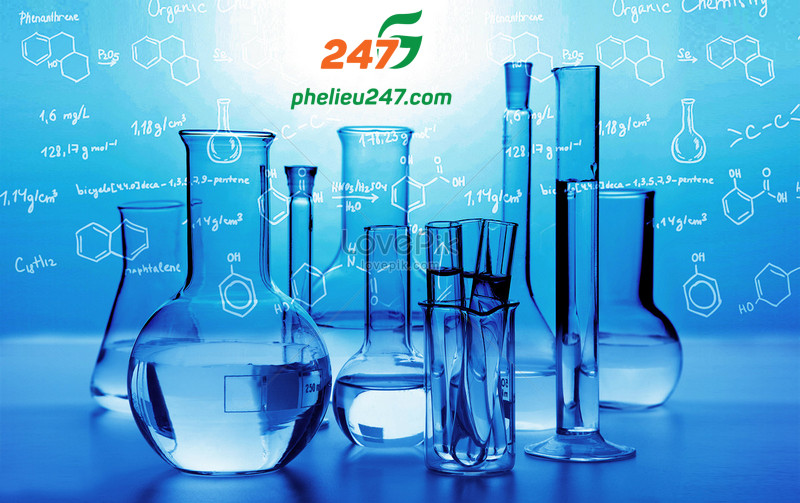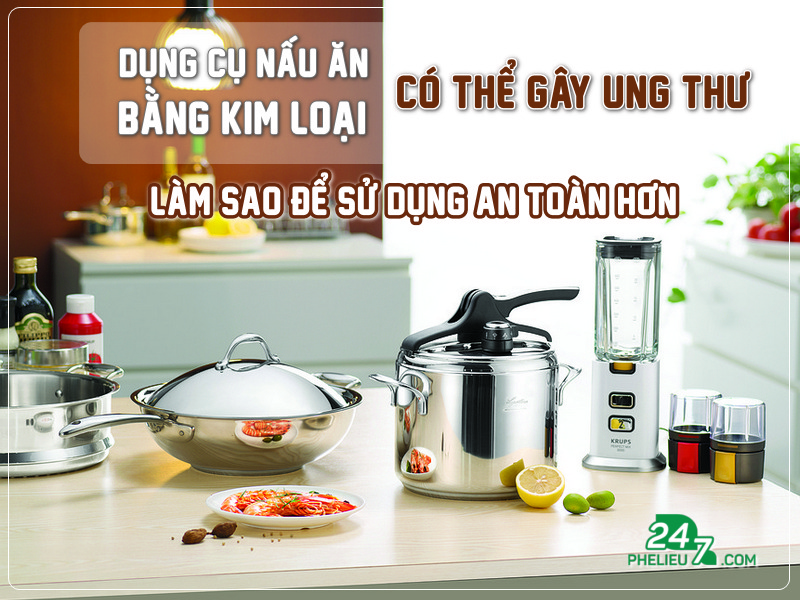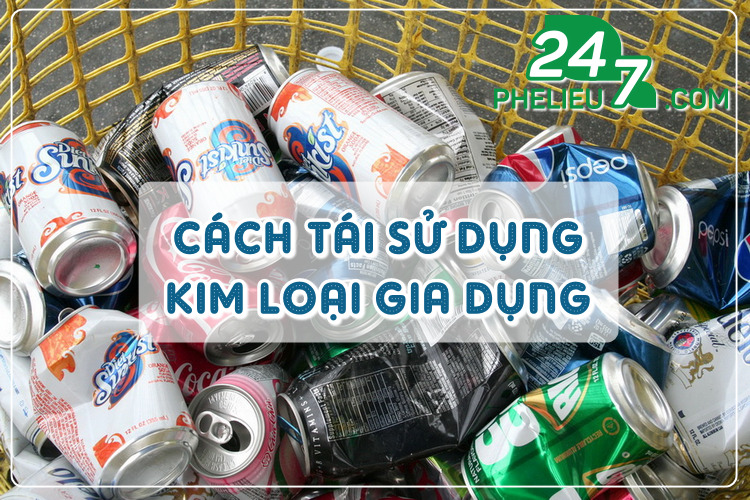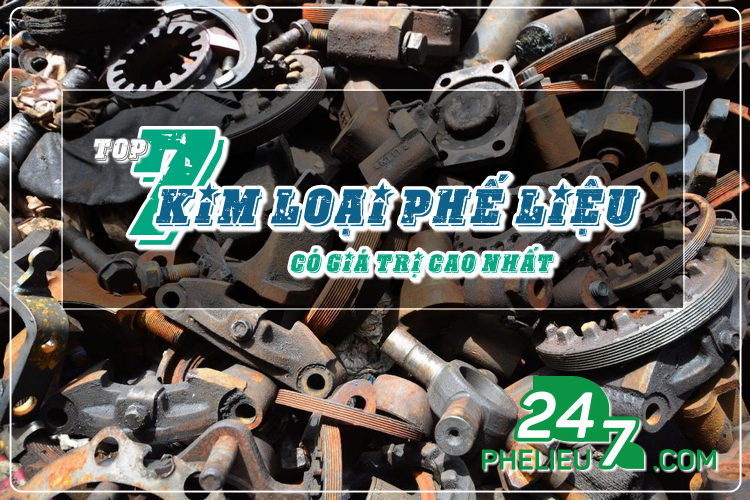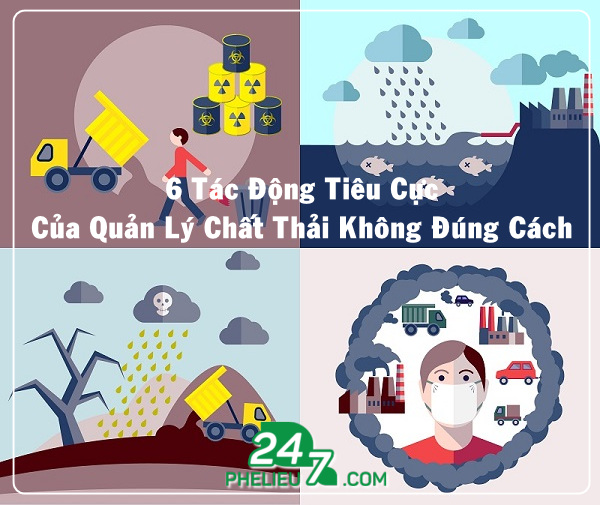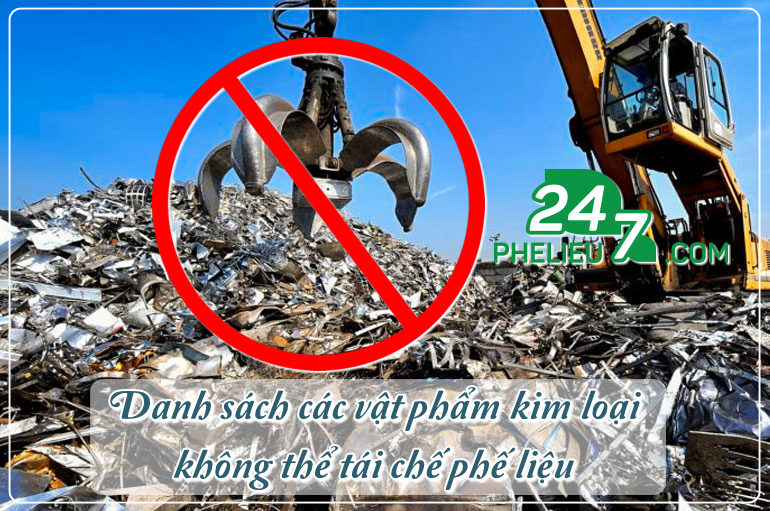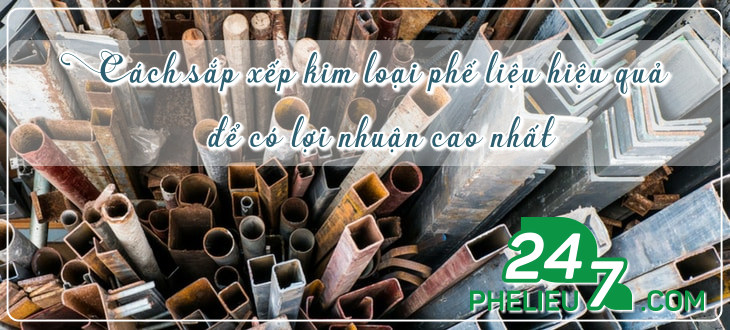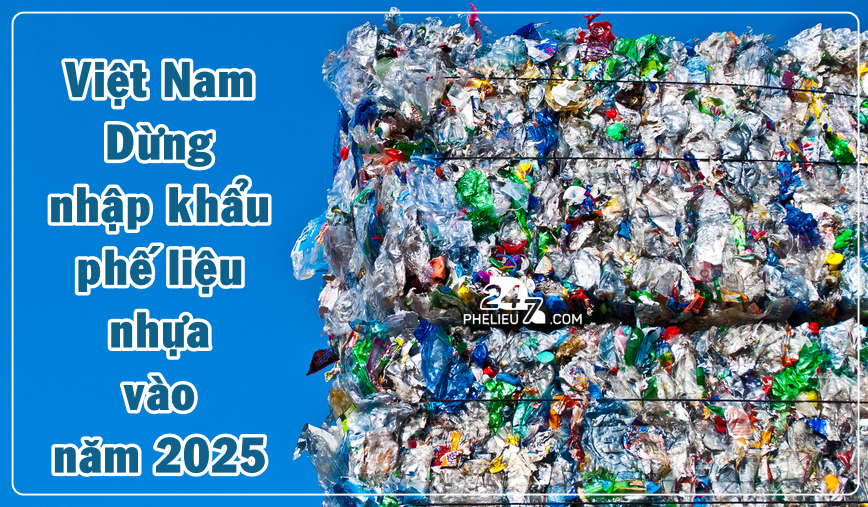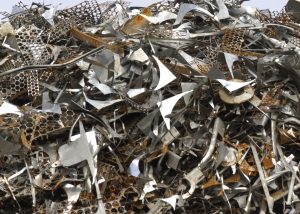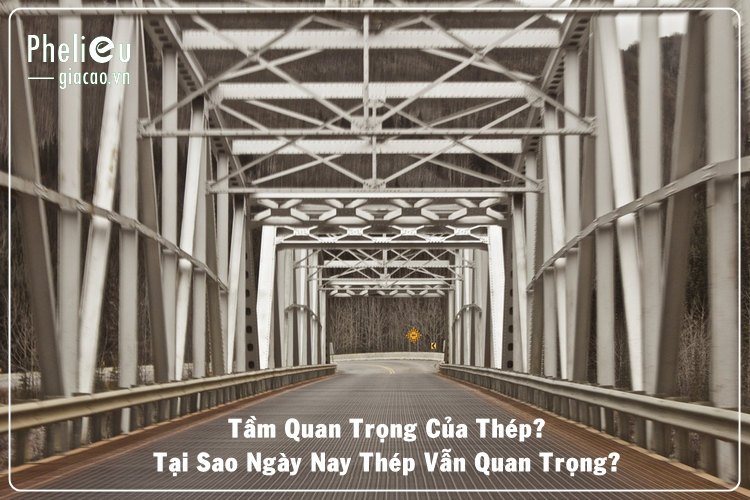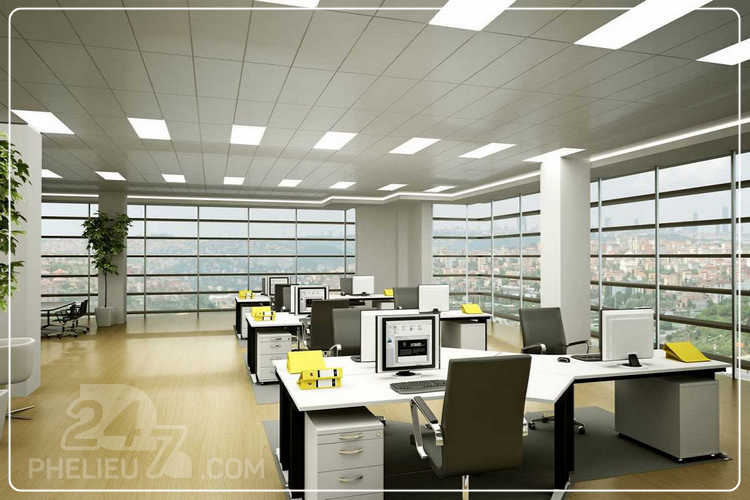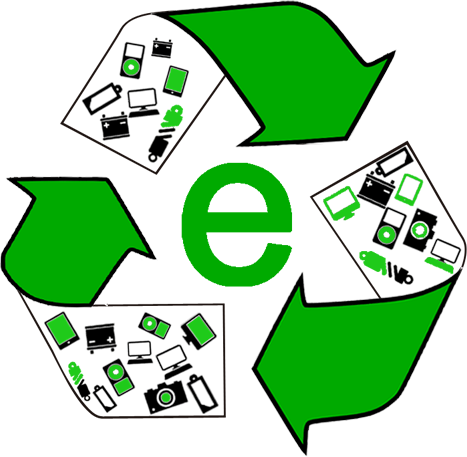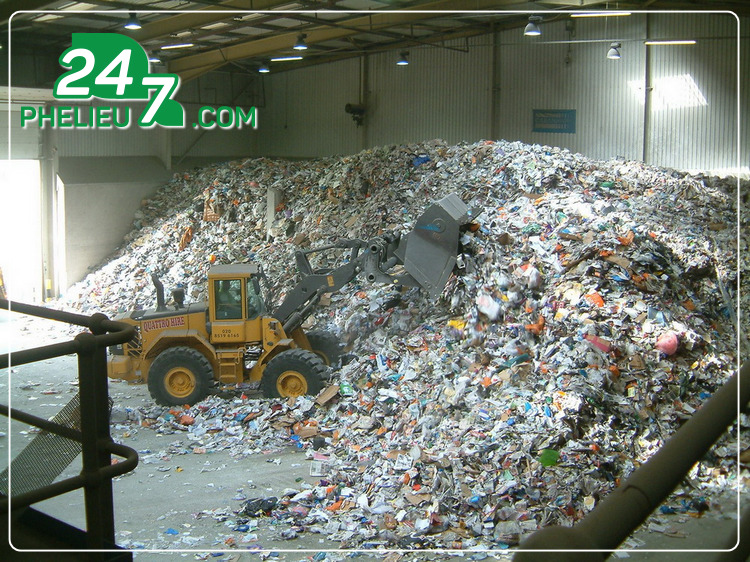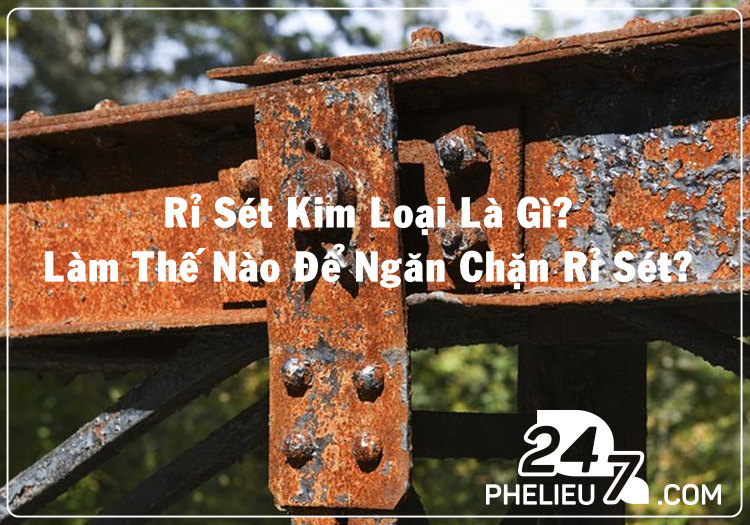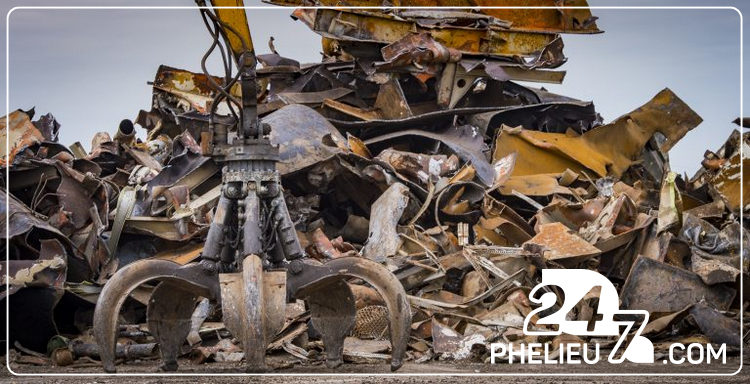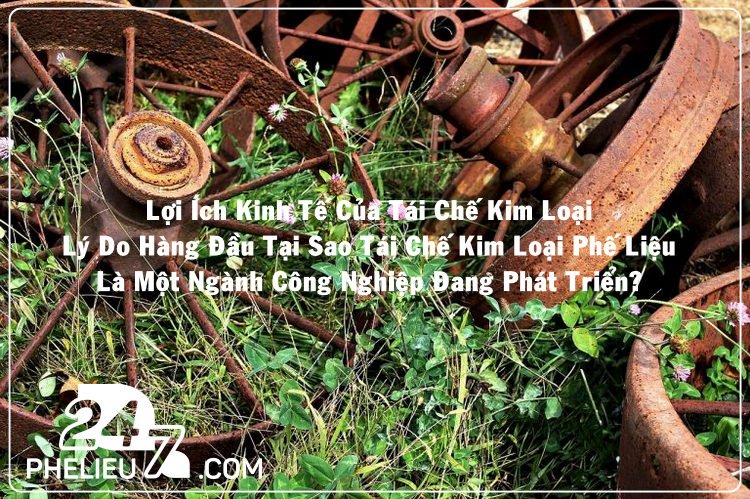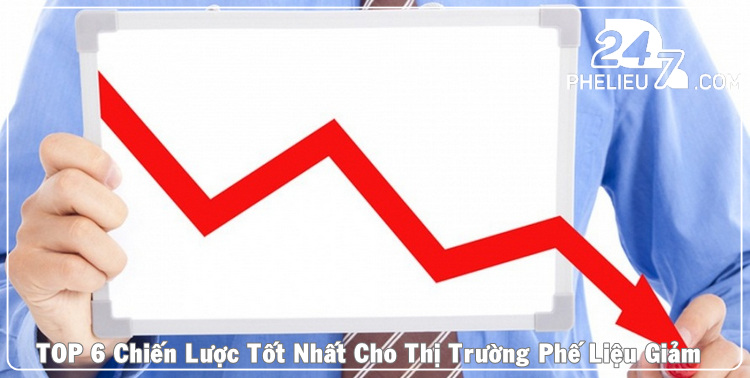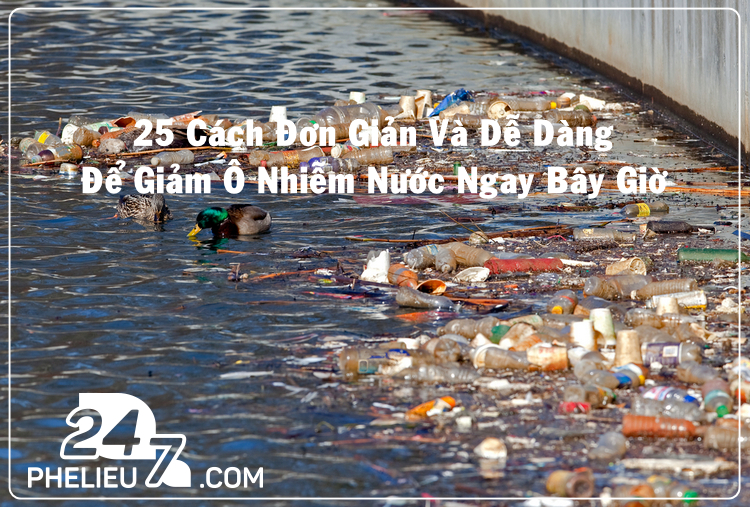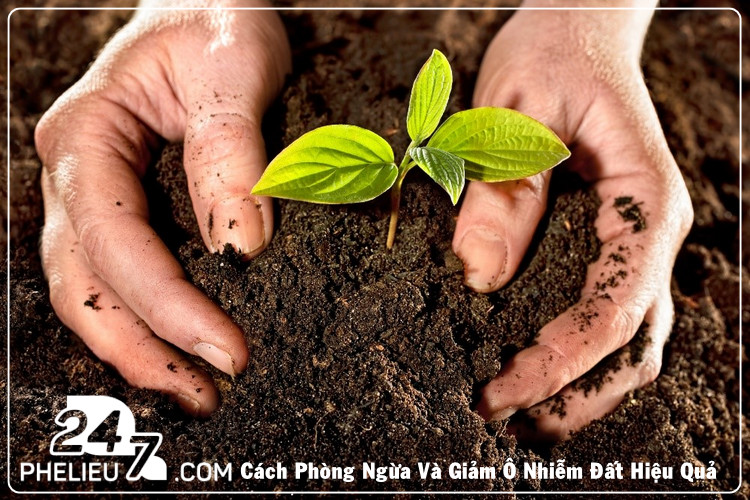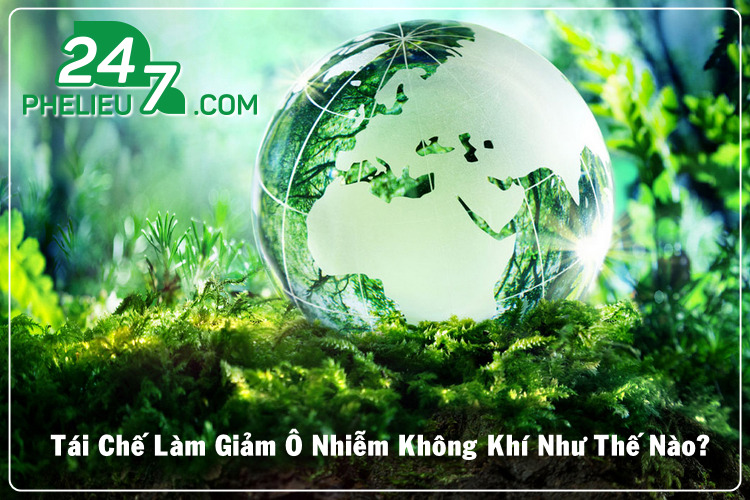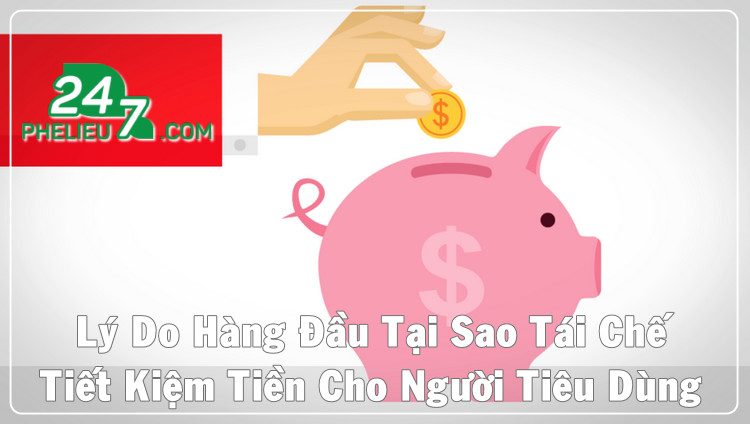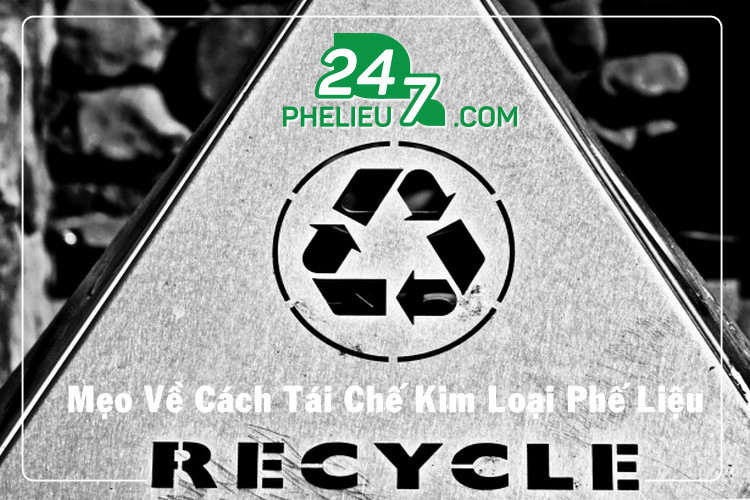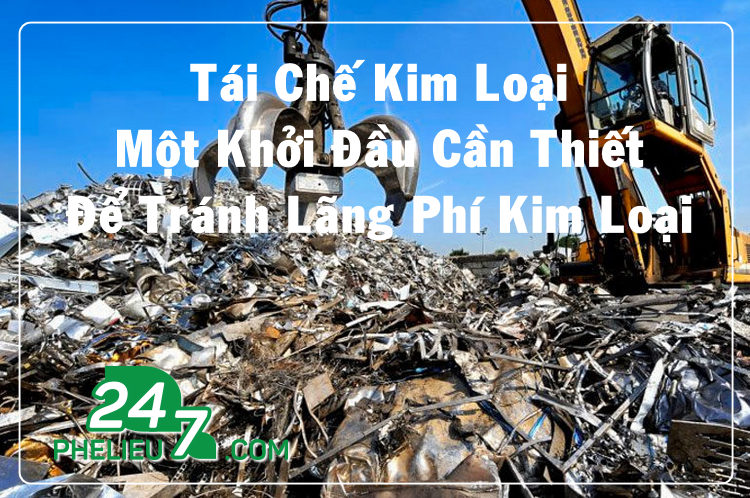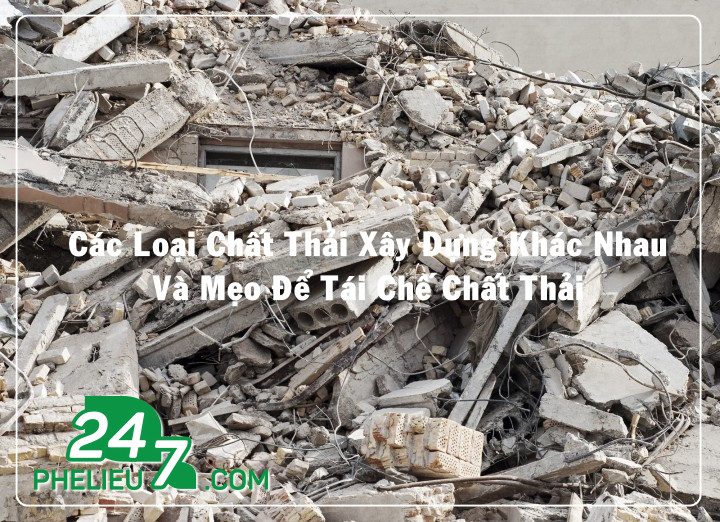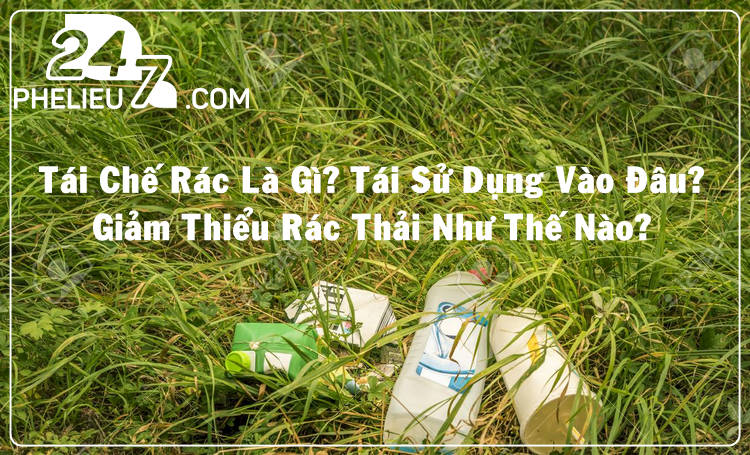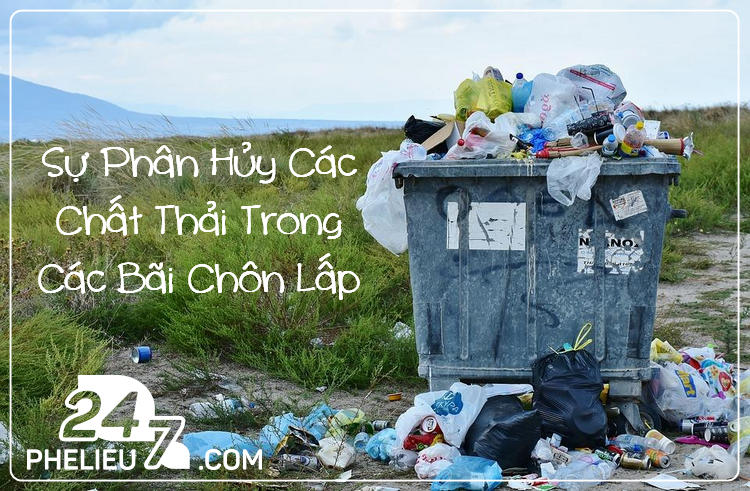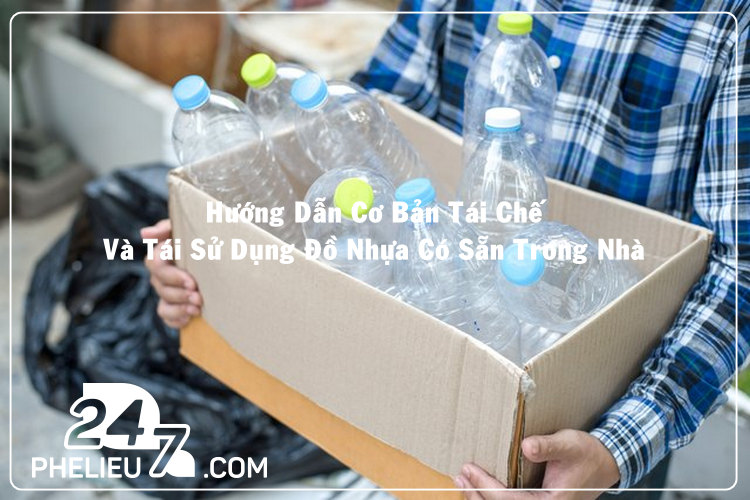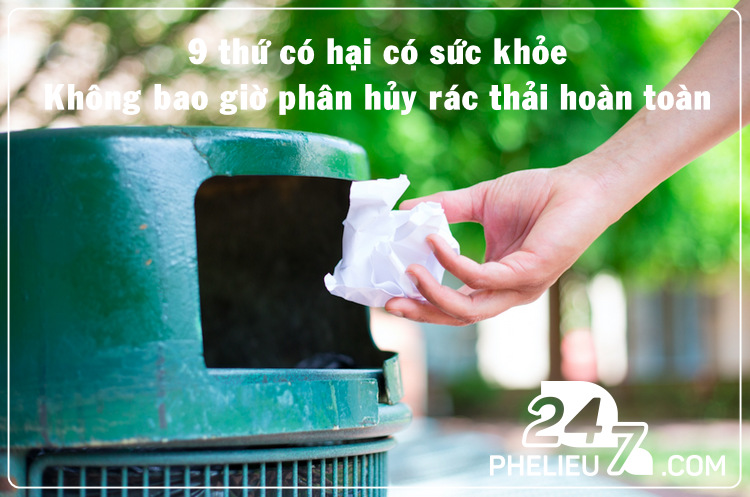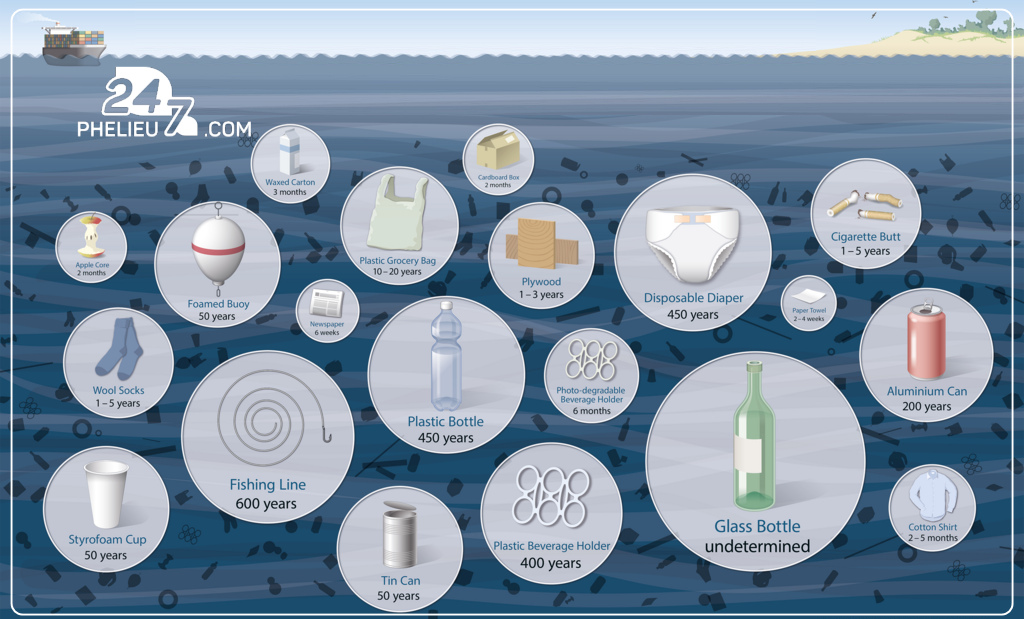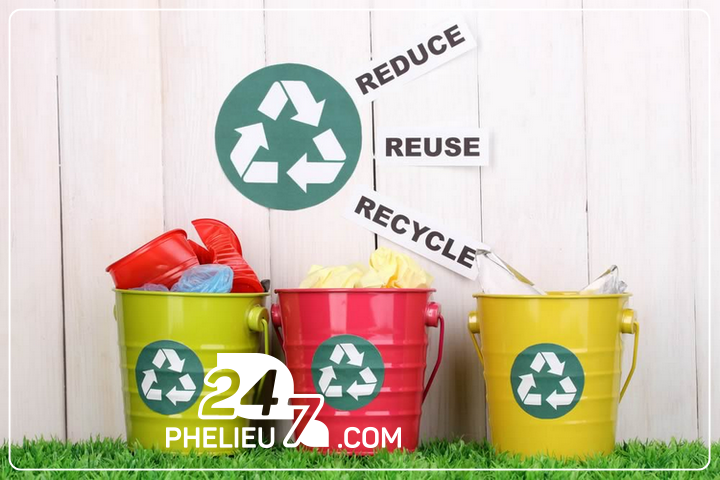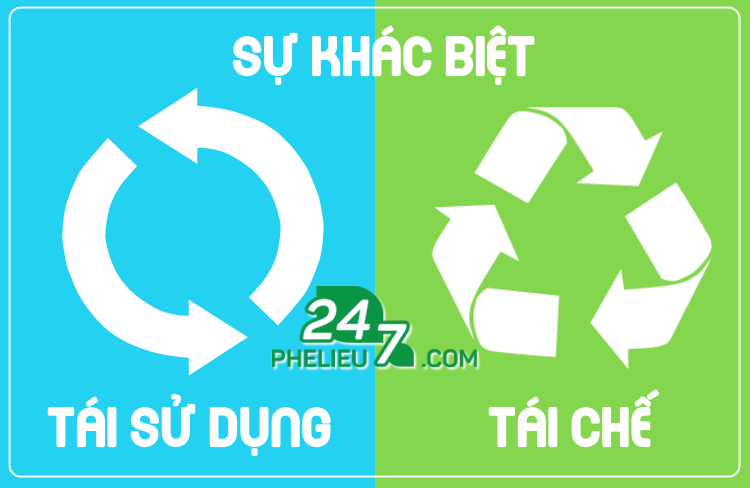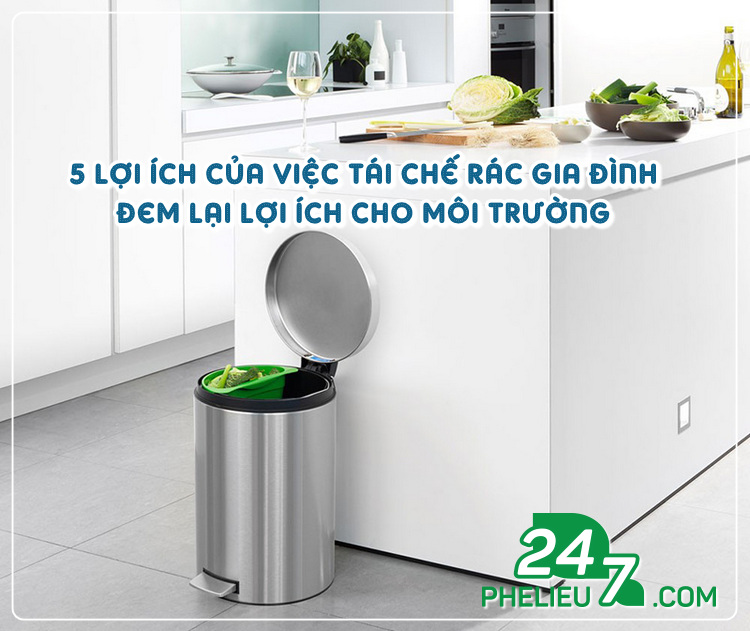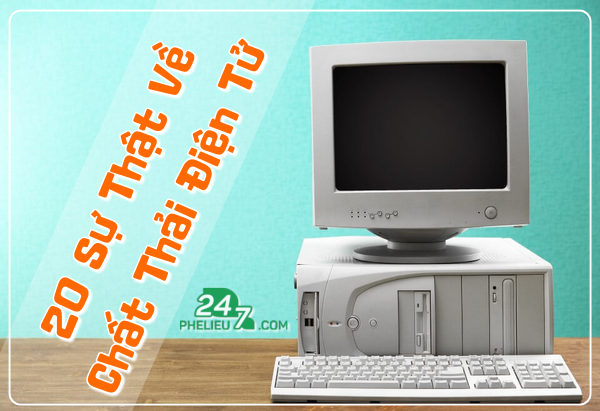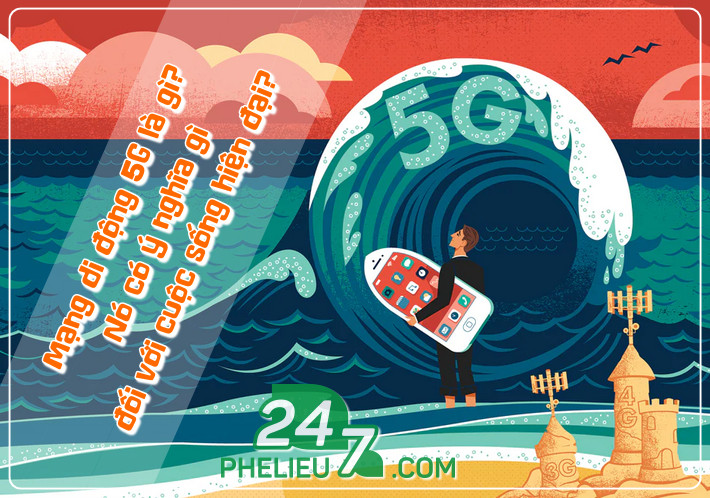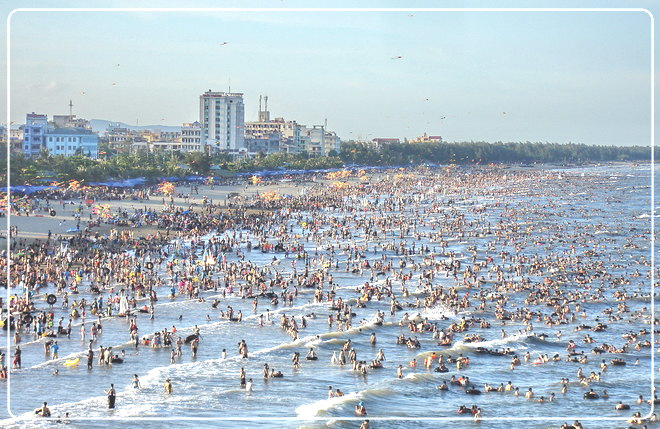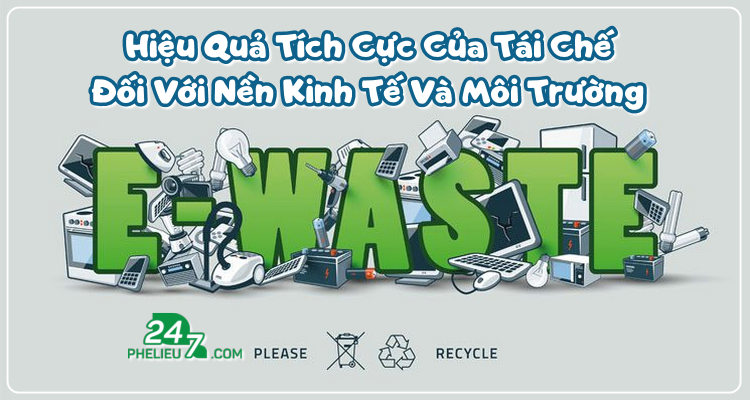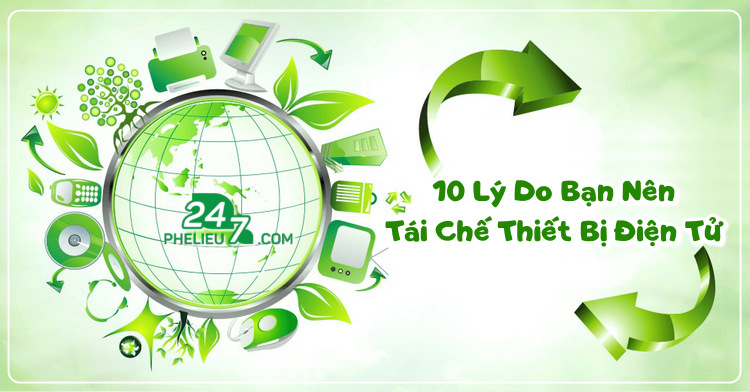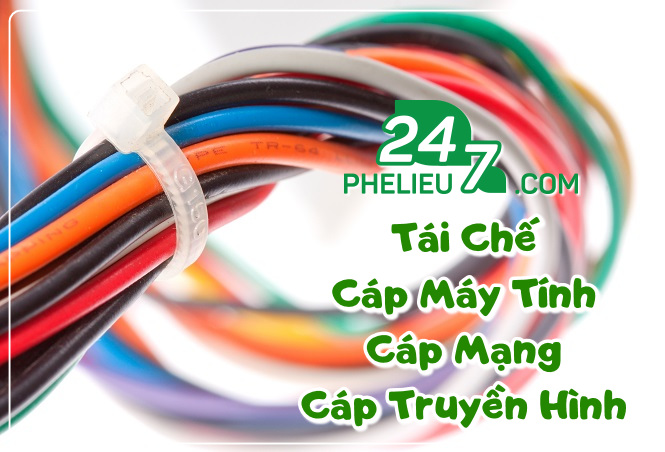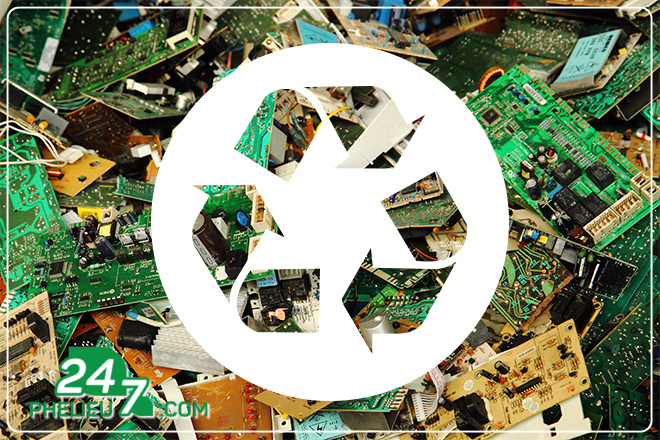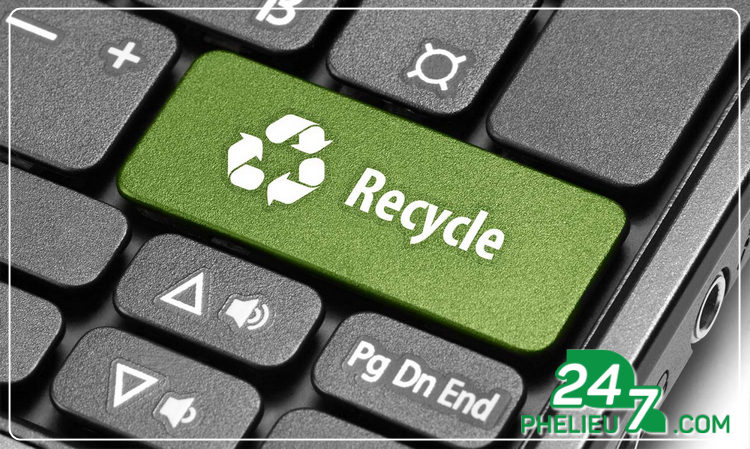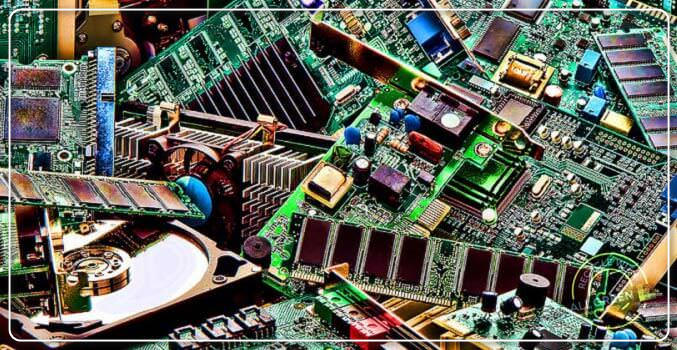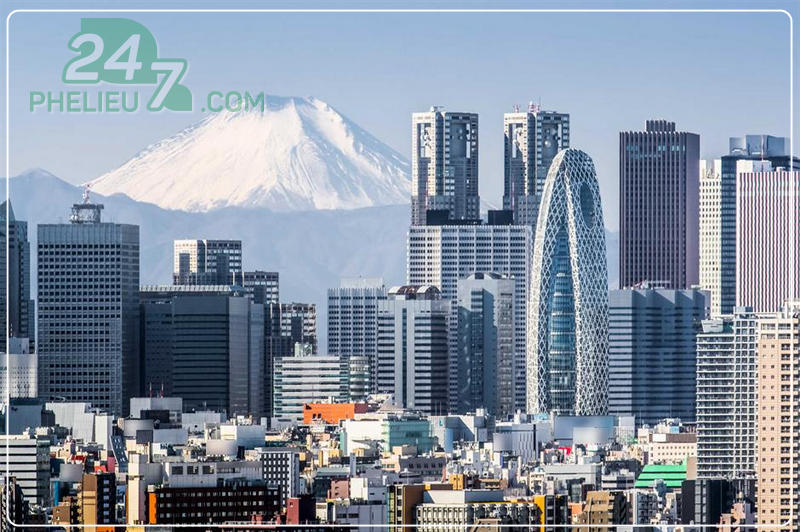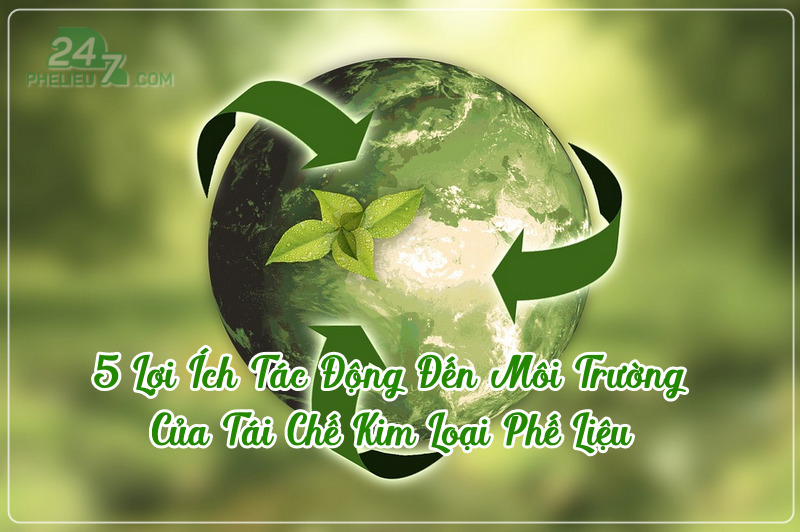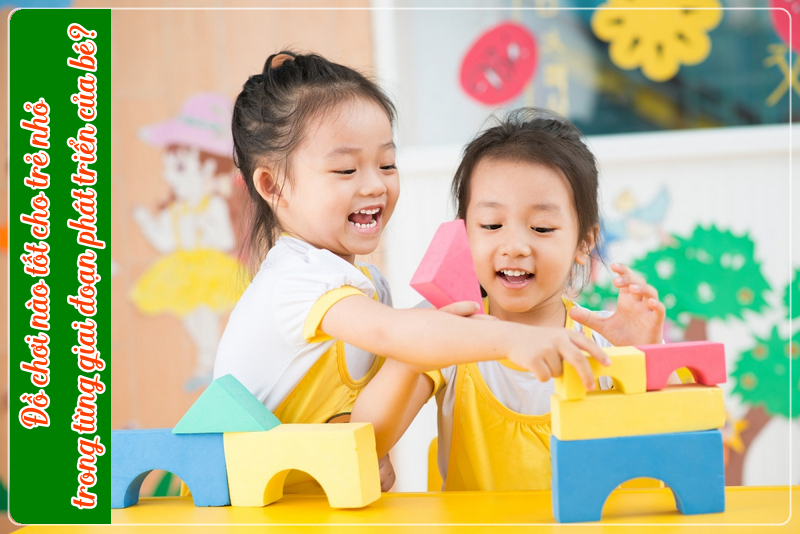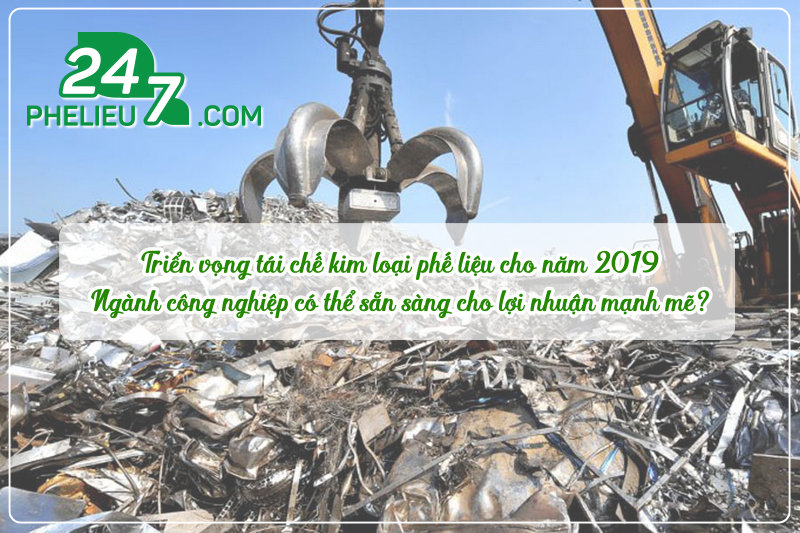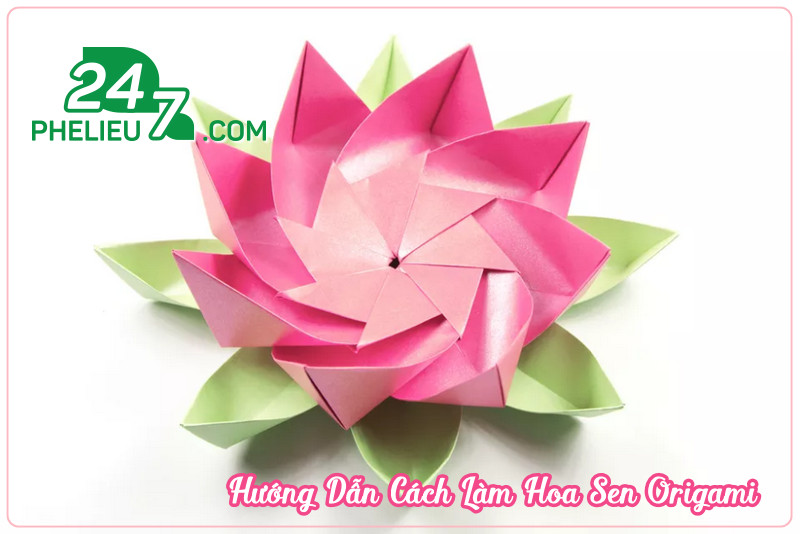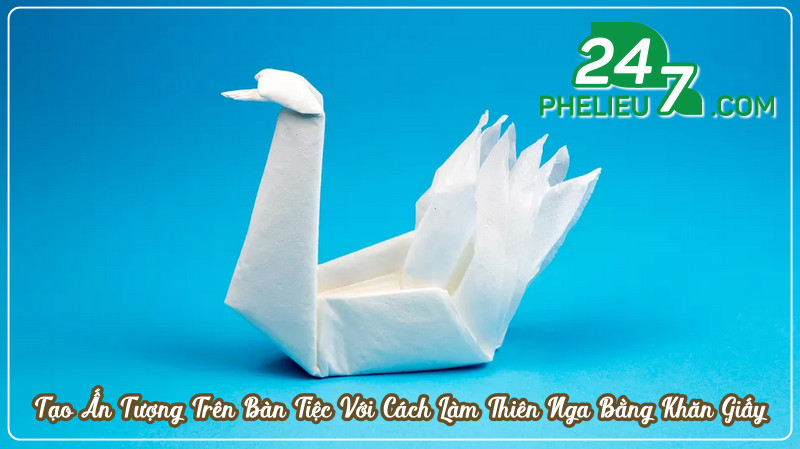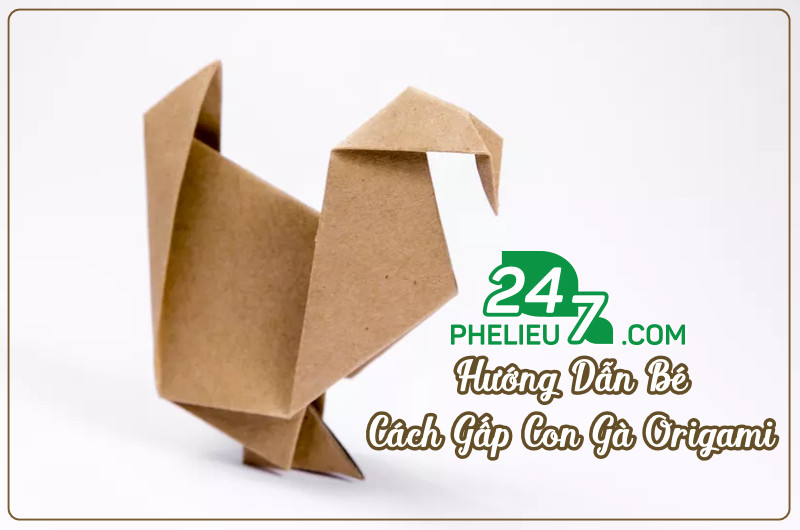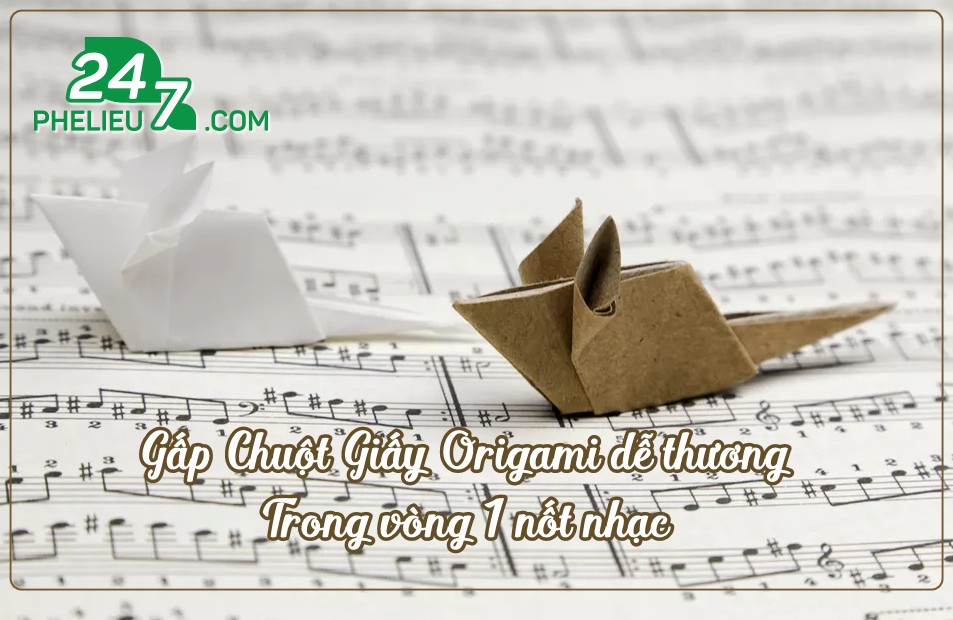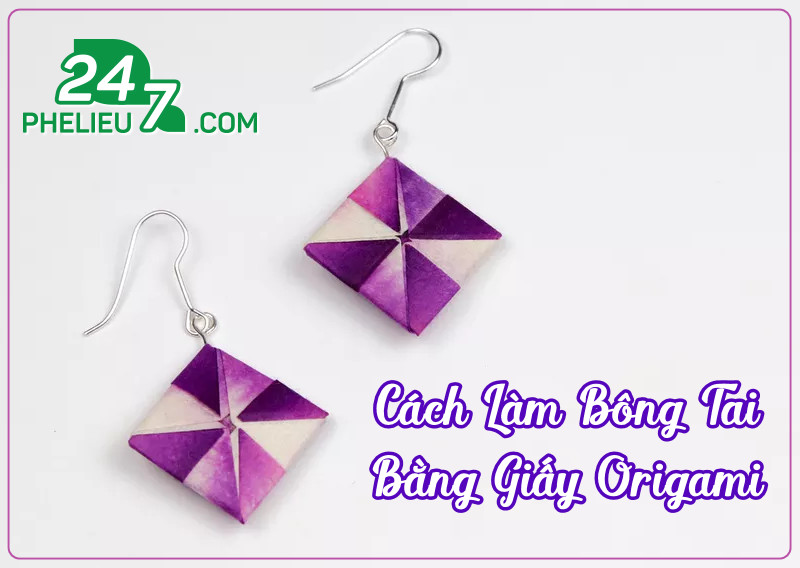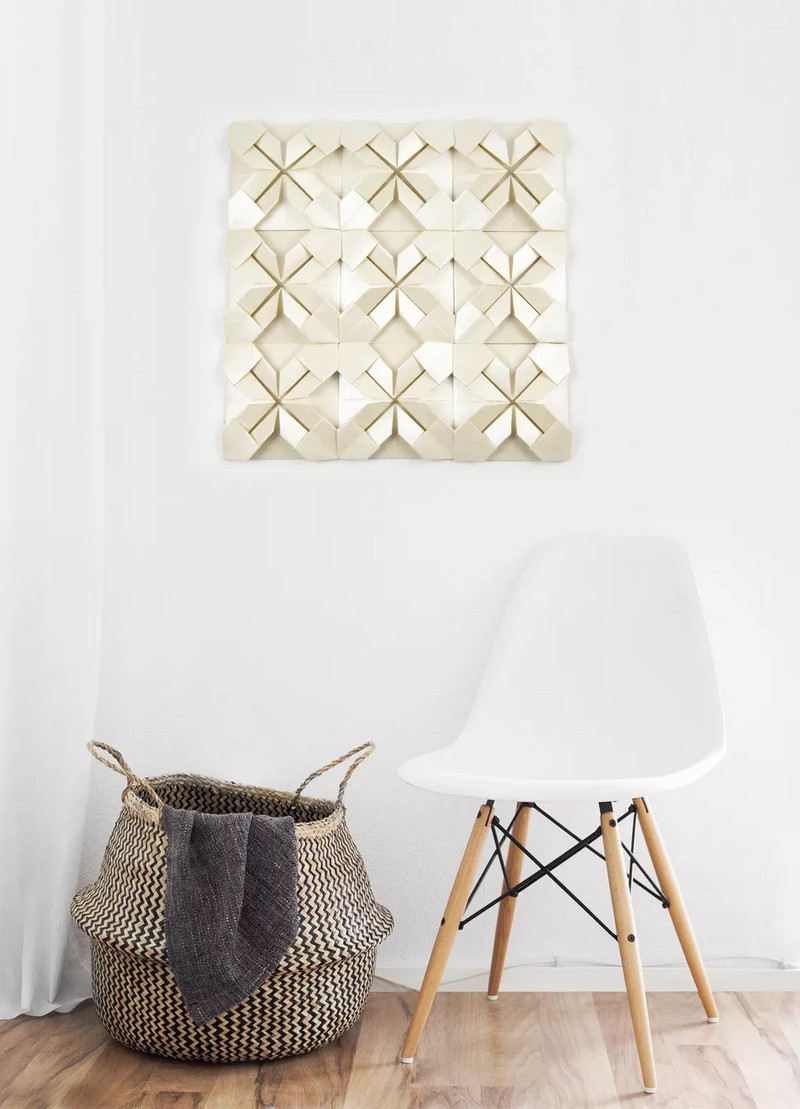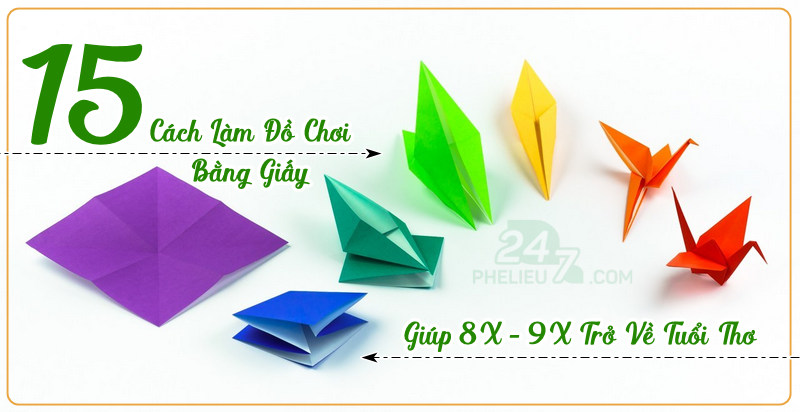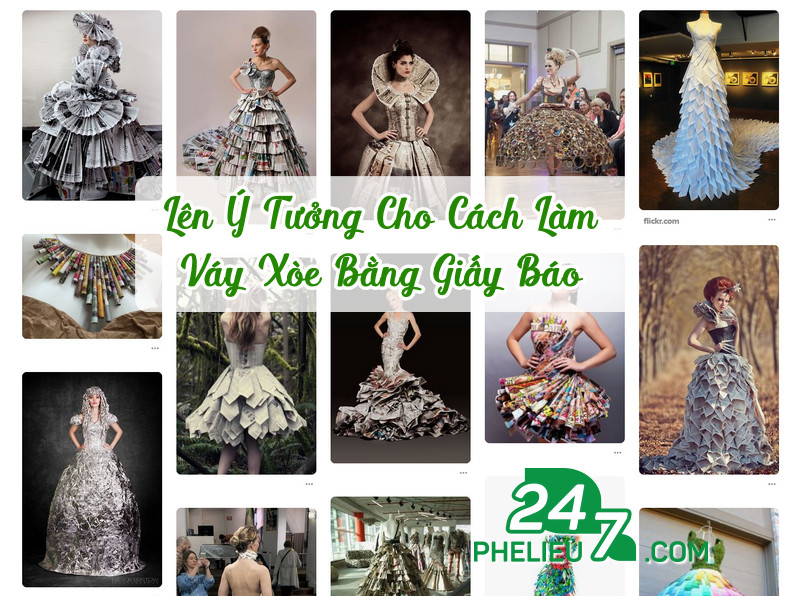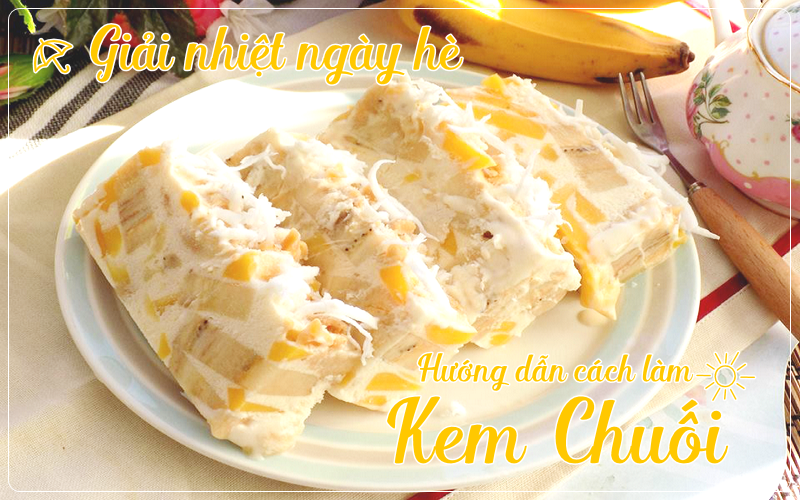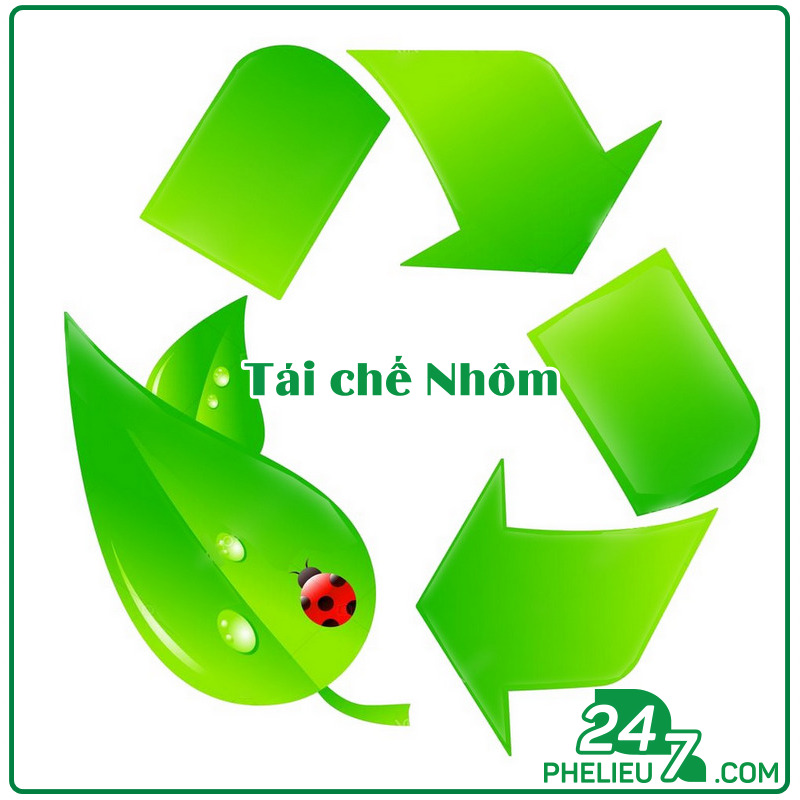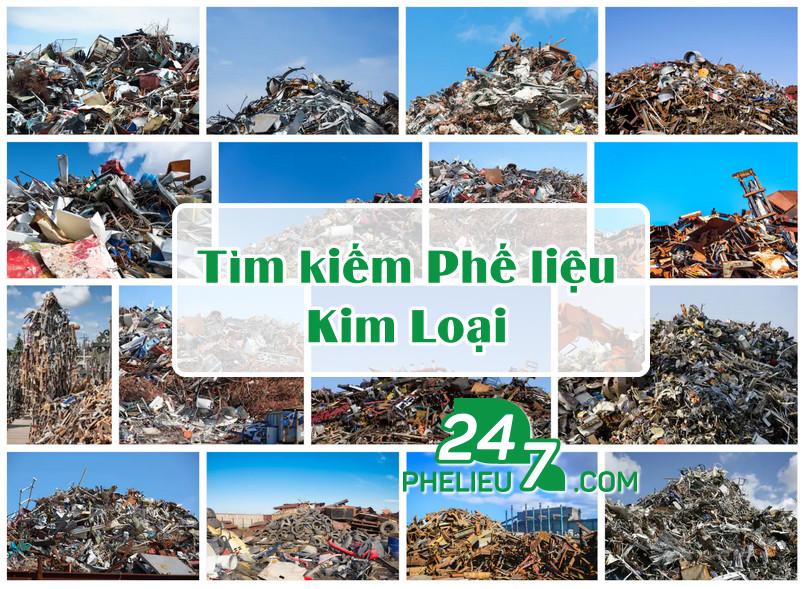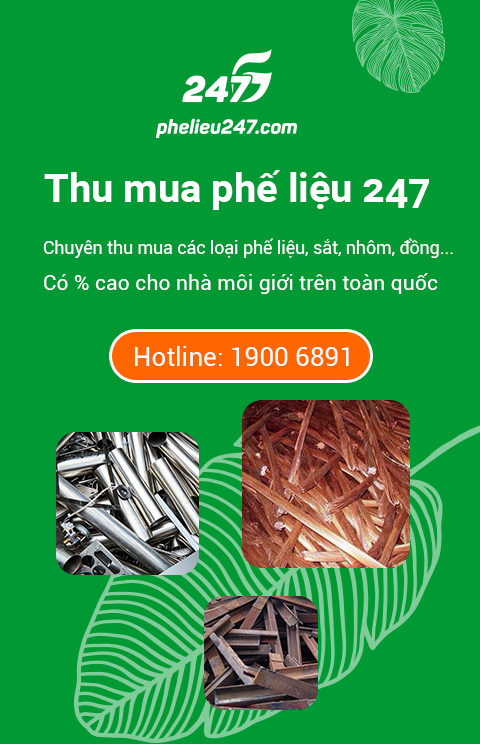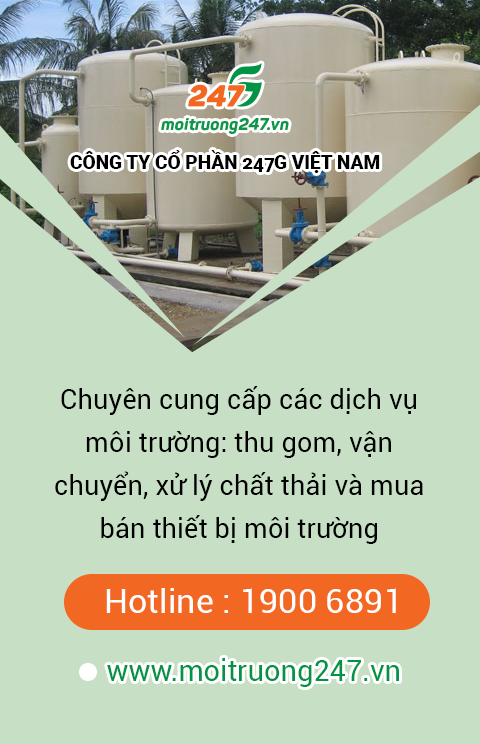How to choose recycled plastics from safe to healthy; contributing to environmental protection? Symbols on plastic items make us curious; do not understand their meaning. Here are some ways to identify safe, clean recycled plastic products for human health.
At the bottom of the plastic utensils there is a recycle symbol, the same digit ranges from 1 to 7 and has abbreviations such as PETE, PP, PS, etc. Based on these symbols, we will know They are safe and can be recycled, so that they can be used appropriately.
Plastic # 1 – PETE or PET (Polyethylene Terephthalate)
Plastic # 1 is safe for food and easy to recycle. You will see number 1 at the bottom of fresh water bottles, mineral water, cooking oil, mouthwash, or canned food (butter, sauces). Many families often keep these bottles to store filtered water, but few notice the rugged surface of it that easily accumulates bacteria, which means that food safety and hygiene will decrease gradually after each re-use. use.
Plastic # 2 – HDPE (High Density Polyethylene)
Resin 2 is opaque, with a smooth surface that is difficult to accumulate bacteria, is less water-repellent and is rated as safe with food. You will find the symbol of plastic # 2 on baby bottles, juice jug, cereal box, yogurt box, detergent bottle, engine oil bottle, shampoo bottle, …
Plastic # 2 is easy to recycle into pens, desks, chairs, fences, and bottles of detergent.
Plastic # 3 – V or PVC (Vinyl)
PVC is low cost, high plasticity, easy to melt and rarely used for recycling. PVC containing some toxic substances such as Phthalat, DEHA can seriously damage the health of users. Therefore, we absolutely do not use products made from PVC for hot food, cooking and burning.
Plastic # 3 is used to make food coatings, raincoats, medical equipment, building materials (water pipes, wire covers), and some types of bottles and cans. Many manufacturers around the world have boycott PVC; there are still children’s toys made of this kind of plastic; Parents should pay attention to the material when choosing toys for their children.
Plastic # 4 – LDPE (Low Density Polyethylene)
Plastic # 4 is often used to produce plastic bags; Clothes, carpets, food packaging, food containers, etc. Although LDPE is considered safe for health, it is not used for recycling.
Plastic No. 5 – PP (Polypropylene)
PP is considered a friendly friend to humans and the environment as it is safe with food and is recycled clean plastics. Yogurt box, water bottle, medicine bottle; syrup syrup or tomato sauce, chilli sauce, straws, bottles … are made from plastic # 5.
PP resin has a heat resistance up to 130 ° C and is thought to be used in the microwave if you control the temperature safely; Avoid stopping the food poisoning. PP is often recycled into brooms, trash, boards, signal lights, shelves, …
Plastic No.6 – PS (Polystyrene)
Plastic 6 is commonly found in disposable boxes, cups and dishes. When using these products, we should not contain hot foods, foods with alkalis and strong acids, because PS will be dissolved harmful to the body.
PS resins, as well as PS products, are not well-liked because they are difficult to recycle and harmful to the environment.
Plastic # 7 – Other compounds
The product number 7 is a collection of substances not belonging to the above six types. Polycarbonate (PC) is used in plastics # 7 and has the potential to cause serious damage to human health. Although food and household utensils made from resin # 7 are rare in the market, people should pay close attention when choosing to buy. In addition, most recycling programs do not accept this type of plastic.



